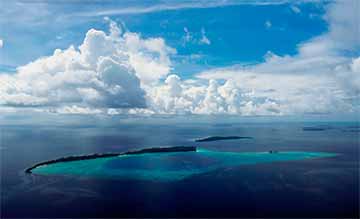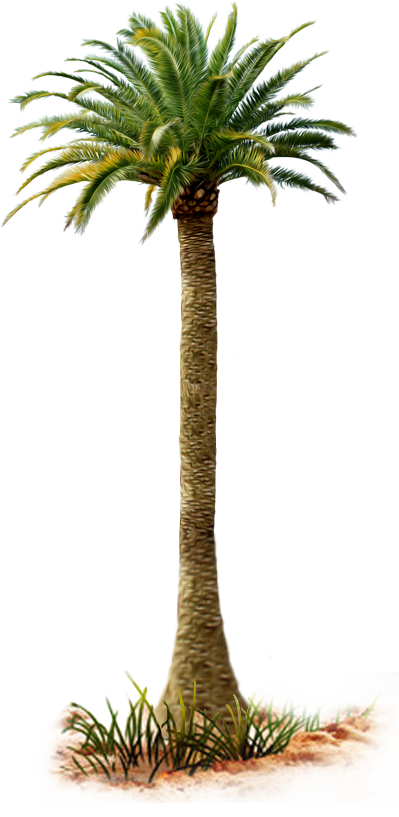Progress with renewable energy projects in the Solomon Islands.
I read with interest this week that the Solomon Islands National University (SINU), at the Kukum campus, is now powered by solar energy following help from Taiwan.
The solar project is set to reduce SINU’s utility costs providing savings for other developments and students’ resources.
The solar power installation will produce 400 Kilowatts of electricity double what the university currently uses.
Subject to correction, I believe I am right in saying that in the Solomon Islands 80% of the population residing in the rural areas and with electricity being unreliable and expensive only less than 20 percent of the population has access to electrical power.
Apart from the small solar home systems, development of renewable energy was slow in the Solomon Islands largely due to the weak financial position of Solomon Power until mid-2011.
At that time, the only prominent renewable energy sources operated by Solomon Power were the mini-hydros supplying Buala town in Isabel Province and Malu’u substation in Malaita.
Since those days, I have observed several initiatives underway to provide additional generation of electricity with the support of many developments partners, including the World Bank and the Asia Development Bank (ADB).
However, a number of initiatives are under way that will provide additional generation needed to supply new consumers.
In 2014 an investment plan, estimated at US$40.3 million, with co-funding from the World Bank and ADB was set to see the scaling-up of renewable energy which I can only assume saw the increased penetration of renewable energy and increased electricity access in the country, but I am not aware of the specifics of such developments.
I am aware, however, that the ADB is working with the Government of Solomon Islands and Solomon Power to convert electricity networks in five provinces almost entirely to solar power. The project will reduce the need for costly shipments of diesel to the provincial centers.
It is expected that more than 9,300 Solomon Islanders will benefit from new or improved electricity services, including renewable energy sources.
The ADB Electricity Access and Renewable Energy Expansion Project will deliver renewable energy hybrid mini-grids, electricity connections in low-income areas, and new grid-connected solar power.
The focus is said to be on providing electricity connections to households, small businesses, and community infrastructure such as schools and health centers, throughout Honiara and surrounding towns.
Given a a stable supply of grid-based electricity it has the potential to promote economic growth, including tourism industry development, and improve human capital, through better conditions for children to study, and reducing the burden of households.
In June this year, a New Zealand sustainable energy company Infratec won a joint bid to deliver renewable electricity generation for the first time to four outer islands in the Solomons.
The project was said to bring affordable, reliable, and clean energy to people in the remote Malaita, Makira/Ulawa, Sasamunga and Western Provinces, along with significant economic and social gains.
In a 50/50 Joint Venture, Infratec and Sunergise subsidiary Clay Energy (a Fiji-based renewable energy solutions company) would design, procure and build four solar-diesel hybrid power plants over the next two years.
At the time, Infratec’s Chief Executive, Greg Visser, said the project was about providing electricity and infrastructure on outer islands that currently had limited or no power.
That project was said to be funded 50/50 by the New Zealand Ministry of Foreign Affairs and Trade (MFAT) and Solomon Power.
While the Solomon Islands has renewable energy resources including geothermal, hydro, solar, ocean, and biomass, most of these have not yet been tapped; the country remains almost entirely dependent on imported petroleum fuels, providing 95% of electricity generation, but is pleasing to read that steady progress seems to be taking place to generate more electricity by solar installations and hydro power.
Development partners aiding the Solomon Islands and Solomon Power, include Australia, New Zealand, South Korea, Japan, Taiwan, some Arab States, and I believe Norway, the EU and Germany, and thanks are extended to all. Not forgetting, of course, the World Bank and the ADB.
Yours sincerely
Frank Short


